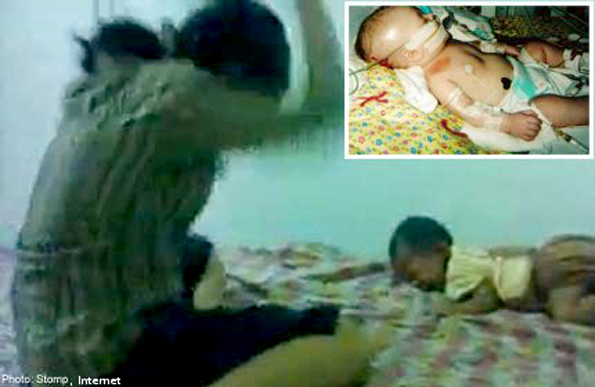
Petaling Jaya, Malaysia - A woman beating a toddler was caught on video and posted on Facebook about a year after the abuse took place. The woman, the child's mother, was reportedly arrested and sentenced to 18 months in jail.
Child abuse has the power to destroy lives. Its effects are devastating, and without treatment its impact can last well into adulthood.
Child abuse crosses all boundaries: ethnic, racial, socioeconomic, religious and geographic. It feeds on the ignorance, silence and shame that surround it.
April is Child Abuse Awareness and Prevention Month. Child abuse is difficult to address, but we have the power to stop it. There will always be hope if responsible and aware adults show courage and stand up to take action.
Here are some facts about child abuse followed by tips about action you can take to prevent abuse.
Fact: According to the National Children's Alliance 1,640 children died from abuse and neglect in the United States in 2012. Eighty percent of reported child fatalities that year resulted from abuse or neglect by one or more of the child's parents.
Tip: Most child physical abuse is accompanied by parental stress. Each stressor – addiction, illness, poverty, domestic violence or a history of child abuse – increases the risk of child abuse. With stress relief, child abuse can decrease. For referrals to agencies that can help, call the Child Advocacy Center at (716) 285-0045.
Fact: One in 10 children will be sexually abused before their 18th birthday. Most children never report their abuse. We can prevent child sexual abuse and teach children to be more comfortable reporting their abuse by educating them about their bodies, privacy and sexual abuse risks.
Tip: Teach children about their bodies, and teach them the correct terms for their anatomy – not nicknames. Talk to children about what sex is and what sexual abuse is in age appropriate ways. There should not be just one "sex talk." Such conversations should occur more often.
Tip: Teach children that it is okay to say "NO" to any unwanted or uncomfortable touch from anyone. Tell children it is not OK for adults to use sexual words or actions with them.
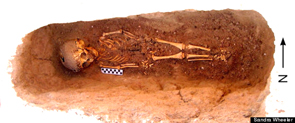 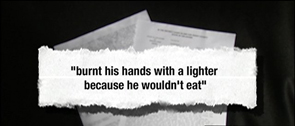
| A 2 to 3-year-old child from a cemetery in Dakhleh Oasis, Egypt, shows evidence of physical child abuse, archaeologists have found. The child, who lived around 2,000 years ago, represents the earliest documented case of child abuse in the archaeological record, researchers say. |
Fact: We can prevent child sexual abuse by knowing its signs and symptoms. Physical signs are rare. Emotional and behavioral signs are more common. To learn more, visit the Darkness to Light website atwww.d2l.org.
Tip: If a child discloses abuse to you, do not overreact. Children may "shut down" if they see that you are upset. Believe them. False reports are rare. Believing a child and letting them know you believe them is the most powerful thing you can do for them on their path to healing.
Fact: More than 90 percent of child victims of sexual abuse know their abusers and 30 to 40 percent of sexual abuse is perpetrated by family members.
Tip: Perpetrators look like everyday "normal" people. They may be people you know and love. They may have power and presence in the community. Do not dismiss the signs, or leave your children alone with people because you think "they would never do something like that."
Fact: Eighty percent of child sexual abuse cases occur in one child-one adult situations.
Tip: Be cautious about who cares for your child. Choose group situations or observable, interruptible one-on-one situations as often as possible.
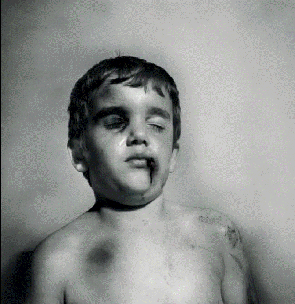 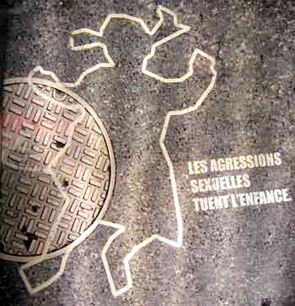
The U.S. has arguably the worst rate of child abuse of any industrialized nation — triple that of Canada and 11 times that of Italy.
Tip: Insist that all organizations your child participates in have a policy regarding sexual abuse, one-on-one situations and employee screenings and background checks. Eliminating one child-one adult situations can prevent most cases of child sexual abuse.
If you witness or suspect child abuse, report it immediately. The New York State Child Abuse Hotline number is 1-800-342-3720. If a child is in immediate danger, call 911.
Please step up with us this April and every day to prevent child abuse in our community. Our children are our most vulnerable population, and their futures are our futures. Let's help make it brighter.
Emily Foschio is the Education & Outreach Coordinator /Child Fatality Review Team Coordinator at the Child Advocacy Center of Niagara. The Center, a service of Niagara Falls Memorial Medical Center, is a countywide resource providing a place for a multi-disciplinary team of law enforcement, social services, prosecution, and medical and mental health personnel to investigate allegations of child abuse in a child-friendly environment. If you have questions about abuse, or if you would like to schedule prevention training for your organization, please contact the Child Advocacy Center of Niagara at 716-285-0045.
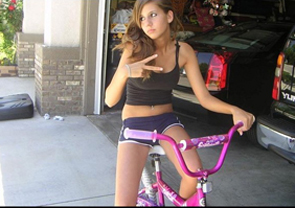 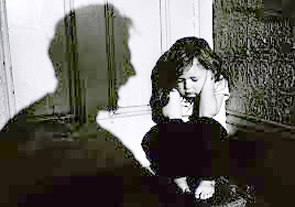
| Petaling Jaya, Malaysia - A woman beating a toddler was caught on video and posted on Facebook about a year after the abuse took place. The woman, the child's mother, was reportedly arrested and sentenced to 18 months in jail. |
|







